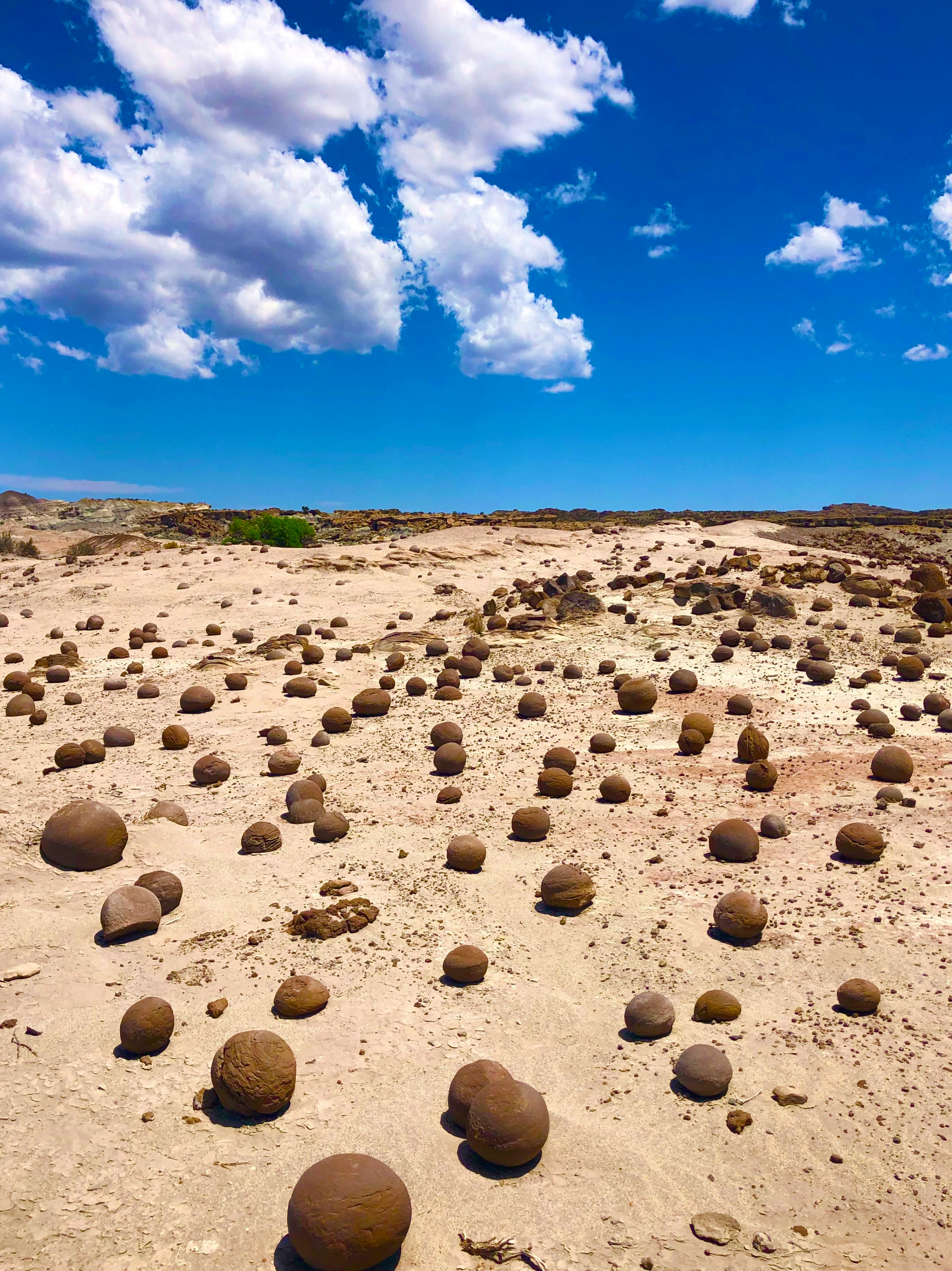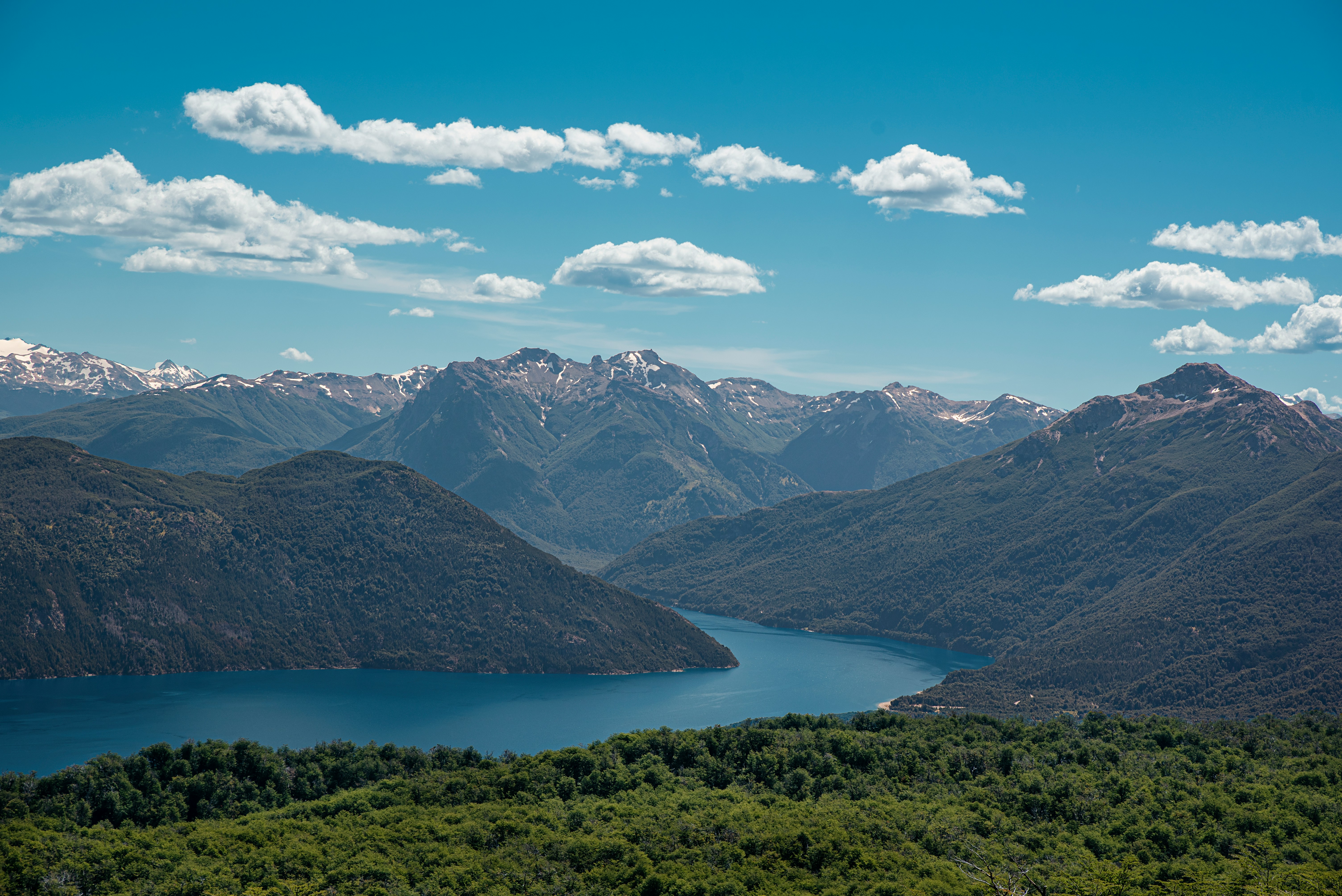Our world serves as our dwelling place, and a desire to familiarize ourselves with it is universal. Exploring our own continent provides a starting point, offering exposure to diverse cultures, landscapes, and languages. Latin America, in particular, presents a myriad of attractions, from breathtaking natural wonders to mouth-watering cuisine.
In this edition of H.O., we delve into a few UNESCO World Heritage Sites, sparking curiosity and inspiring further exploration and visits.
As mentioned in our November issue, 150 tangible properties on the UNESCO World Heritage List are located in Latin America and the Caribbean, 104 of which are cultural sites, 38 natural, and 8 mixed. Unfortunately, 6 sites face endangerment.
This edition focuses on strictly natural sites, providing glimpses into a few while inviting readers to explore the entire list. Latin America caters to various preferences, offering options ranging from easily accessible urban sites to more adventurous, remote locations. Our spotlight falls on the Southern Cone, beginning with Argentina, which boasts five remarkable sites.

Los Glaciares National Park, situated in the Argentine part of Patagonia, spans 600,000 hectares and includes a National Park and Reserve. Named after numerous glaciers covering half of the World Heritage site, it features the massive South Patagonian Ice Field. Notable glaciers like Upsala, Onelli, and Perito Moreno calve into Lake Argentino, creating a spectacle. The park showcases diverse ecosystems, from subantarctic forests to Patagonian steppes. Although tourism is limited in some areas, Los Glaciares National Park experiences seasonal crowds, requiring meticulous public use planning. The Public Use program, adapted to the Moreno Glacier Sector Restructuring Plan, addresses increased tourism demand, enhancing visitor experience with road upgrades, new walkways, and services for improved property protection.

Iguazú National Park, located in Argentina’s Misiones Province, is a World Heritage site famous for its semicircular waterfall, spanning 80m in height and 2,700m in diameter. Shared with Brazil’s Iguaçu National Park, it forms one of the world’s most visually stunning natural sites. The park, dating back to 1934, preserves the Paranaense subtropical rainforest, home to over 2,000 plant species and diverse fauna, 400 bird species, potentially 80 types of mammals, and numerous invertebrates. Rare and charismatic species include the broad-snouted Caiman, Giant Anteater, Harpy Eagle, Ocelot, and Jaguar, which contribute to its ecological richness. The park’s integrity is intertwined with its Brazilian counterpart, forming a crucial remnant of a previously expansive forest and effectively preserving the magnificent waterfall system.

Península Valdés, located in Argentina’s Chubut Province, is globally significant for marine mammal conservation. Covering 360,000 hectares, it extends over 100 kilometers into the South Atlantic, featuring diverse ecosystems like rocky cliffs, bays, lagoons, and sandy beaches. The peninsula’s calm gulfs serve as key breeding areas for Southern Right Whales, Southern Elephant Seals, Southern Sea Lions, and unique orca populations. With over 1,500 Southern Right Whales annually, it hosts their most important breeding grounds globally. Despite ongoing sheep grazing and historical exploitation, the area supports diverse native vegetation and wildlife. Conservation measures have successfully revived populations of key species.

Ischigualasto / Talampaya Natural Parks, spanning 275,369 hectares in central Argentina, present an exceptional record of the Triassic Period, offering a comprehensive fossil record from 250 to 200 million years ago. The parks include Ischigualasto Provincial Park and Talampaya National Park, showcasing six geological formations with fossils of a wide range of ancestors of mammals, dinosaurs, and plants, revealing the evolution of vertebrates and paleoenvironments. The region’s arid landscape features red sandstone cliffs, unique rock formations, and ancient petroglyphs worth exploring.

Los Alerces National Park, located in northern Patagonia, showcases stunning landscapes shaped by successive glaciations, including moraines, clear-water lakes, and alpine meadows. The property, covering 188,379 hectares with a buffer zone, is a crucial sanctuary for the globally threatened Alerce tree, the second-longest living tree species (>3,600 years). The Valdivian Temperate Forest, a priority ecoregion for global biodiversity conservation, is well-preserved, featuring crystal-clear lakes and rivers. The property’s pristine Alerce forest and intact ecosystems contribute to its Outstanding Universal Value. Management efforts focus on sustainable tourism, resolving land tenure conflicts, and monitoring the impacts of existing infrastructure on the park’s natural values.
The remaining 33 natural sites are distributed as follows:
Belize (1)
Belize Barrier Reef Reserve System
Bolivia (1)
Noel Kempff Mercado National Park
Brazil (7)
Iguaçu National Park
Atlantic Forest South-East Reserves
Discovery Coast Atlantic Forest Reserves
Central Amazon Conservation Complex
Pantanal Conservation Area
Brazilian Atlantic Islands: Fernando de Noronha and Atol das Rocas Reserves
Cerrado Protected Areas: Chapada dos Veadeiros and Emas National Parks
Colombia (2)
Los Katíos National Park
Malpelo Fauna and Flora Sanctuary
Costa Rica (3)
Talamanca Range-La Amistad Reserves / La Amistad National Park (transboundary site with Panama)
Cocos Island National Park
Area de Conservación Guanacaste
Cuba (2)
Desembarco del Granma National Park
Alejandro de Humboldt National Park
Dominica (1)
Morne Trois Pitons National Park
Ecuador (2)
Galápagos Islands
Sangay National Park
Honduras (1)
Río Plátano Biosphere Reserve (in danger)
Mexico (6)
Sian Ka'an
Whale Sanctuary of El Vizcaino
Islands and Protected Areas of the Gulf of California (in danger)
Monarch Butterfly Biosphere Reserve
El Pinacate and Gran Desierto de Altar Biosphere Reserve
Archipiélago de Revillagigedo
Panama (3)
Darien National Park
Talamanca Range-La Amistad Reserves / La Amistad National Park (transboundary site with Costa Rica)
Coiba National Park and its Special Zone of Marine Protection
Peru (2)
Huascarán National Park
Manú National Park
Saint Lucía (1)
Pitons Management Area
Suriname (1)
Central Suriname Nature Reserve
Venezuela (1)
Canaima National Park
References:
UNESCO World Heritage Convention. “World Heritage List”, at https://whc.unesco.org/en/list